How to Choose Your First Carbon Wheelset for Your Road Bike
Choosing a carbon wheelset for your first time can be overwhelming, but here are a few factors to consider that can help you make an informed decision:
Budget
Carbon wheelsets come at varying prices, ranging from a few hundred dollars to several thousand dollars. The cost of a wheelset can be influenced by factors such as the brand, material quality, manufacturing process, and performance level.
It is advisable to determine a budget before starting to shop for a carbon wheelset. By doing so, you can narrow down your options and concentrate on the wheelsets that suit your budget. This can help you avoid overspending and ensure that you get the most value for your money.
Setting a budget can also help you prioritize your needs and identify the essential features that you require. For instance, if you need a reliable and durable wheelset for daily commuting, you might not need to invest in the most lightweight or high-performance option.
However, if you are a competitive cyclist or triathlete, you might want to consider a higher-end wheelset that can give you an advantage over your competitors. Nonetheless, it is still vital to set a budget to guarantee that you make an informed decision and don’t overspend on unnecessary features.
To sum up, establishing a budget before purchasing a carbon wheelset can help you narrow down your options, identify your needs, and make an informed purchase that gives you the most value for your money.
Rim depth:
When it comes to choosing wheels for your bike, one important factor to consider is the depth of the rim. Rim depth refers to the distance between the rim’s braking surface and its outer edge, and it can vary from shallow to deep.
Shallow rims, which have depths of 25mm or less, are a better choice for cyclists who prioritize stability and handling over aerodynamics. These rims offer better stability in windy conditions, making them ideal for use in windy areas. They are also lighter in weight, which can help make your bike easier to maneuver when riding in mountainous terrain or climbing hills.
Deeper rims, on the other hand, with depths of 40mm or more, are more aerodynamic and can provide better speed on flat surfaces. They are well-suited for cyclists who prioritize aerodynamics and speed over handling and stability. However, these rims are more likely to be affected by crosswinds, which can make them less stable in windy conditions.
To summarize, shallow rims are best for climbing conditions, while deeper rims are ideal for flat conditions. Cyclists who prioritize handling and stability should opt for shallow rims, while those who prioritize speed and aerodynamics will benefit more from deeper rims. Ultimately, the choice of rim depth will depend on your individual needs and preferences as a cyclist, as well as the type of riding you plan to do.
Rim width:
The width of the rim is an important factor to consider when choosing a wheelset. It can greatly affect your riding experience and performance. Wider rims can provide improved stability, comfort, and handling, especially when paired with wider tires. With a wider rim, the tire can have a larger contact patch with the ground, which can enhance traction and control. This is especially beneficial when riding on rough terrain or gravel roads, where the additional stability and comfort can be crucial.
On the other hand, narrower rims are usually lighter and more aerodynamic. This makes them ideal for road riders who focus on speed and performance. With narrower rims, the overall weight of the wheelset can be reduced, making it easier to climb hills and accelerate. Furthermore, the reduced drag of the wheelset can make it more aerodynamic and efficient, leading to better overall speed and performance, particularly in racing conditions.
When selecting a rim width, it is important to consider the type of tires you intend to use. Different tire widths are better suited to specific rim widths. For example, a wider tire necessitates a wider rim to provide optimal support and stability. Additionally, a narrower tire may not provide the best traction or control when used with a wider rim.
Compatibility:
Before purchasing a new wheelset for your bike, it’s critical to ensure compatibility to avoid performance issues, safety concerns, and damage to your bike. The compatibility of a wheelset with a bike depends on several factors, such as the axle type, wheel diameter, and brake compatibility. For instance, a wheelset designed for rim brakes may not work with a bike that has disc brakes.
To determine compatibility, it’s crucial to check the manufacturer’s specifications of the wheelset and your bike’s frame and brakes. Besides, it’s essential to consider the intended use of the wheelset. A wheelset designed for off-road riding may not be suitable for road biking, and vice versa. So, understanding the intended use and technical specifications of the wheelset can ensure that it is compatible with your bike and suitable for your riding needs.
It’s worth noting that even if a wheelset is technically compatible with your bike, it may still require additional components or adjustments to ensure proper installation and performance. For instance, some wheelsets may need specific cassette types, derailleur adjustments, or brake system adjustments for optimum performance. Therefore, it’s crucial to consult with a professional bike mechanic to ensure proper installation and compatibility.
Brand and quality:
Selecting a carbon wheelset that’s appropriate for your riding needs and budget is a crucial aspect of making a purchase. The brand and quality of the wheelset can significantly impact its overall performance, durability, and longevity.
Conducting research and reading reviews can help you gain valuable insights into the wheelset’s strengths and weaknesses, and provide you with a better understanding of what to expect. It’s important to consider the materials and manufacturing processes used to create the wheelset, as higher-quality materials and advanced manufacturing techniques can result in a stronger, lighter, and more durable wheelset.
The level of performance you require from your carbon wheelset is also an important factor to consider. For recreational cycling, a lower-priced option may suffice, but for competitive cycling or triathlons, investing in a higher-end wheelset may provide you with a competitive edge.
Finally, taking care of your carbon wheelset is essential for ensuring its longevity. Regular maintenance, cleaning, and proper storage can help prolong the lifespan of the wheelset, and ensure that you get the most out of your investment.
Conclusion
In conclusion, selecting the right carbon wheelset for your road bike can greatly enhance your riding experience and performance. It’s important to consider various factors such as your budget, rim depth, rim width, compatibility, brand, and quality when making a purchase. Establishing a budget beforehand can help you narrow down your options and identify your needs, while selecting the appropriate rim depth and width can optimize your bike’s performance for different terrains and riding styles. Ensuring compatibility with your bike and considering the quality and brand of the wheelset can guarantee a reliable and durable purchase. By taking these factors into account, you can make an informed decision and select a carbon wheelset that’s perfect for your riding needs and budget.







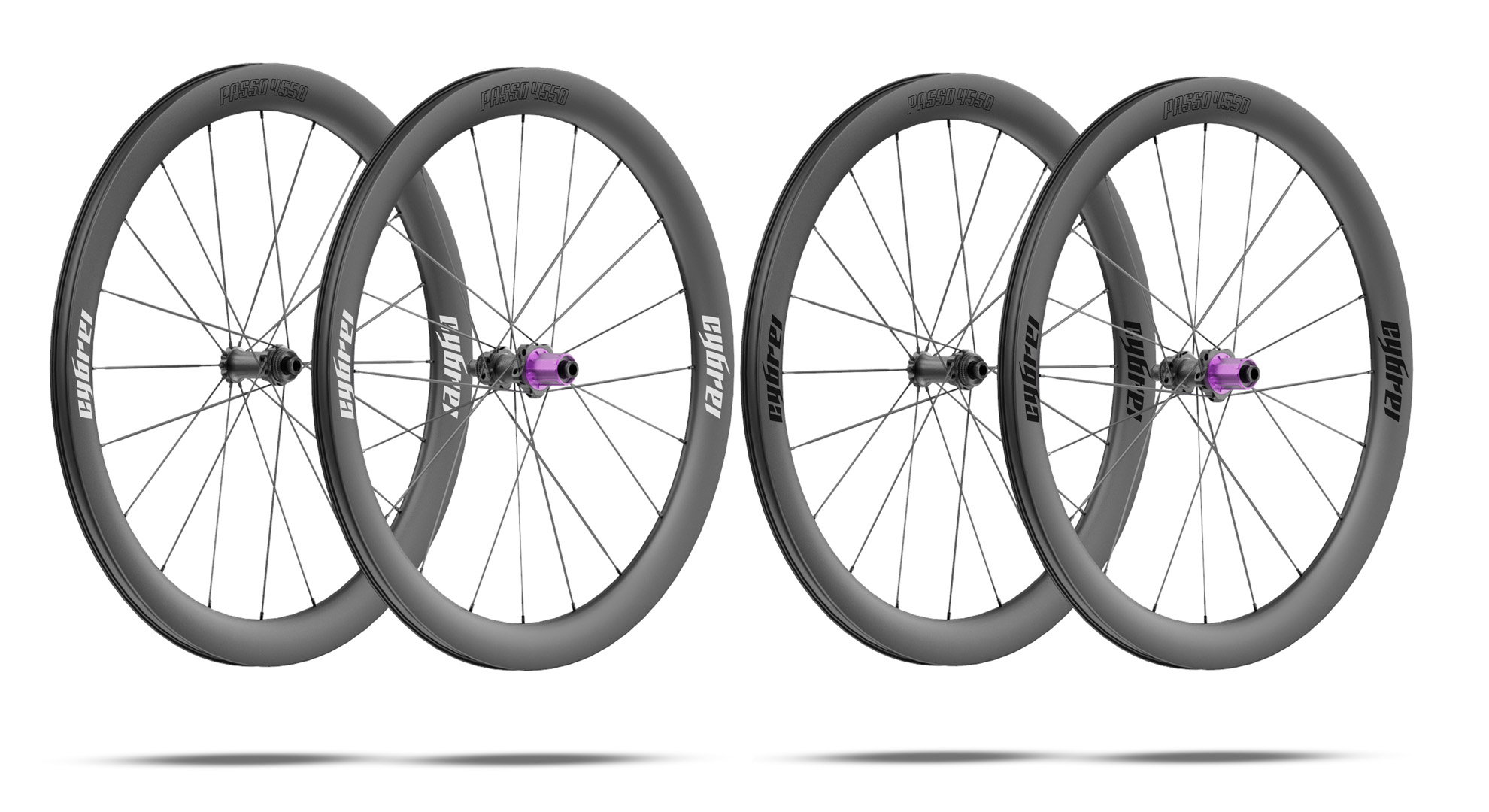

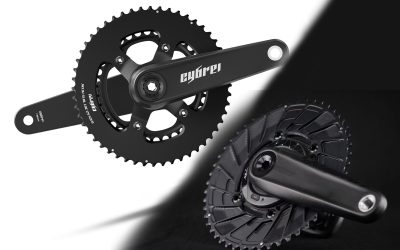



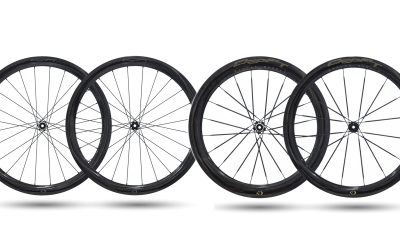
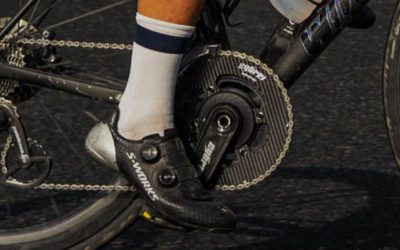


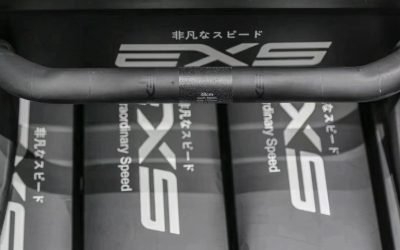
Leave a Reply
You must be logged in to post a comment.